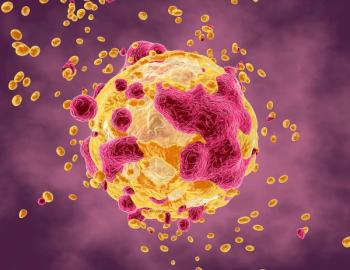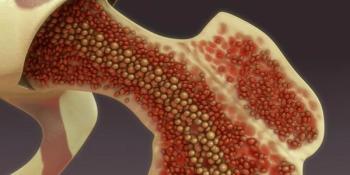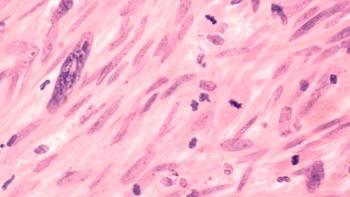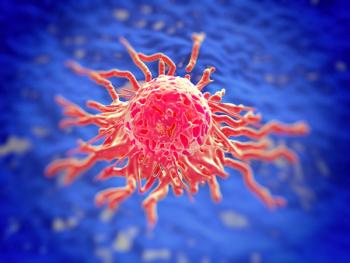
Soft-Tissue Sarcoma Margin Classifying Systems Can Differ in Determining Recurrence Risk
A comparison of margin classification systems revealed some differences in their ability to determine local recurrence risk for soft-tissue sarcoma.
A comparison of margin classification systems revealed some differences in their ability to determine local recurrence risk after resection of soft-tissue sarcoma (STS). The analysis suggests that the residual tumor (R) classification system best defined three distinct risk levels, but that other systems can provide further stratification.
“A positive surgical margin after resection of extremity STS is a well-established risk factor for local recurrence,” wrote study authors led by Kenneth R. Gundle, MD, of the Oregon Health & Science University in Portland. “Despite the importance of a negative surgical margin to maximize local control of STS, there is significant variability in how margins are reported.”
The investigators reviewed results from 2,217 patients with nonmetastatic extremity and truncal STS who were treated with surgical resection. They compared the R classification, in which microscopic tumor at inked margin defines R1; the R+1mm system, in which microscopic tumor within 1 mm of ink defines R1; and the Toronto Margin Context Classification (TMCC), which involves four categories including R0 based on the R system. The results were
Based on the R classification system, the local recurrence rates at 10-year follow-up were 8% for R0 tumors, 21% for R1, and 44% for R2. Using the R+1mm system resulted in an increased number of R1 margins (726 vs 278), but the local recurrence rate was lower for the R1 tumors with this system, at 12%. For R0, the rates were similar, with the R+1mm system also yielding a 10-year local recurrence rate of 8% for those patients; the same was true for R2, at 44%.
With TMCC, the 10-year local recurrence rate was similar for negative tumors, at 8%. The “inadvertent positive margin” group had a relatively high local recurrence rate of 35% at 10 years.
“We found that the R classification best determined the risk of local recurrence via a competing risks framework,” the authors concluded. “Defining an R1-positive microscopic margin as tumor at the inked border outperformed the concept of requiring at least 1 mm of normal tissue between the inked specimen and tumor.” They noted that the TMCC can further categorize high- and low-risk groups, though. “More consistent margin status reporting could aid in collaboration, patient education, and directed surveillance.”
Newsletter
Stay up to date on recent advances in the multidisciplinary approach to cancer.


















































































